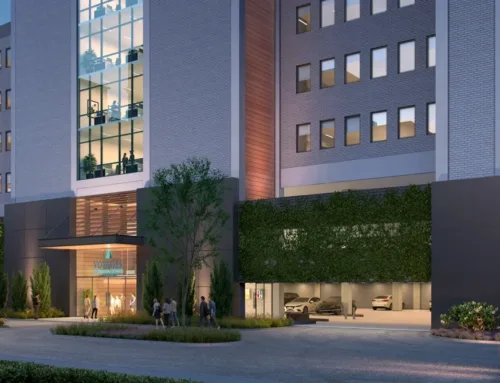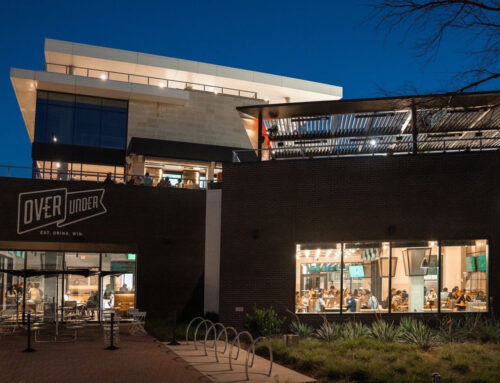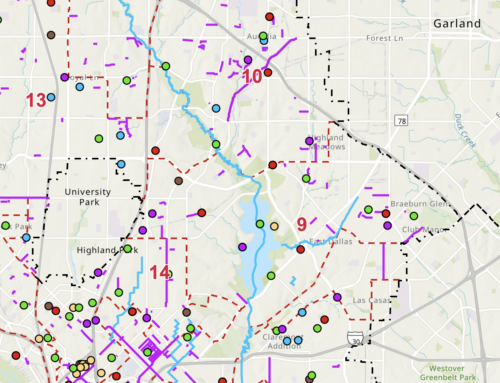Long-time readers of the Advocate might remember the days of yore when this column focused mostly on zoning and other city government issues. Last month’s focus on recent real estate development in East Dallas had a familiar ring for me. After cutting my teeth on land use controversies in the ancient past with various neighborhood groups, I served on the City Plan Commission for four years and now represent property owners and builders in their dealings with City Hall and with neighborhoods. Over the years, I’ve learned to listen with skeptical amusement when people refer to “The Developers” with the same sinister inflection you or I might use to talk about, oh, say, Saddam Hussein. People who talk about “the developers” as a conspiratorial group, sort of like “the Martians,” strike me as maybe having seen the movie Chinatown a couple of times too often. Of course, there are sometimes reasons for this point of view, so read on.
Just like any other group of humans, developers come in many varieties. Sure, some have built cheap, ratty apartments, but many others provide very nice places to live, work and shop. Developers are the ones restoring Downtown Dallas to life, bringing back historic buildings, and doing infill single family homes in our East Dallas neighborhoods. The stable, mature neighborhoods we enjoy today were once a gleam in some developer’s eye.
Naturally, as in any public process where there are differences of opinion, developers and residents sometimes come into conflict. East Dallas, because of its great location and long history, seems to have had more than its share of zoning donnybrooks over the years. The fact is, seldom do you see a situation where one side is all right or all wrong. Every land use controversy is, in some sense, a negotiation.
Back in the eighties, a lot of guys (as they mostly were) got themselves a cell phone and a stack of business cards and started calling themselves “developers.” You still see some of that, but you see a lot more who select their sites carefully, do their homework and try hard to be good corporate citizens. The key, especially in settled inner city neighborhoods, is to take the time up front to identify and open a dialogue with community groups and leaders about their issues. This invariably smoothes the process and leads to a better result. The developer needs to remember that the neighbors deserve the respect due to people who have made their biggest single investment in their communities and who have a right to participate in the process, while the neighbors need to recognize that cities either progress or stagnate, and that change happens, including appropriate land uses and densities. If we want better housing, higher quality retail and continued economic growth — as long as we have a market economy — developers will be the ones who will step up to the plate and take the risks to create it.
All too often, East Dallasites have had to spend countless hours sitting on excruciatingly hard chairs in deadly dull meetings enlivened only by the occasional screaming fit, all because someone wanting to do a project (private or public — just remember DART, the City’s Transportation Department or the State Highway Department) has, either through ignorance or indifference, blown off the process of working through neighborhood issues early on, leading to a nasty and protracted land use battle.
The point is, no one has cornered the market on wisdom, good ideas or having the public interest at heart. Developers and neighbors have a symbiotic relationship — developers want to be in a stable community, with employers for their residents and customers for their commercial tenants, while the residents need developers to keep the city economically and socially healthy. Our goal should be for both sides to recognize this and always start talking early, often, respectfully and seriously.





